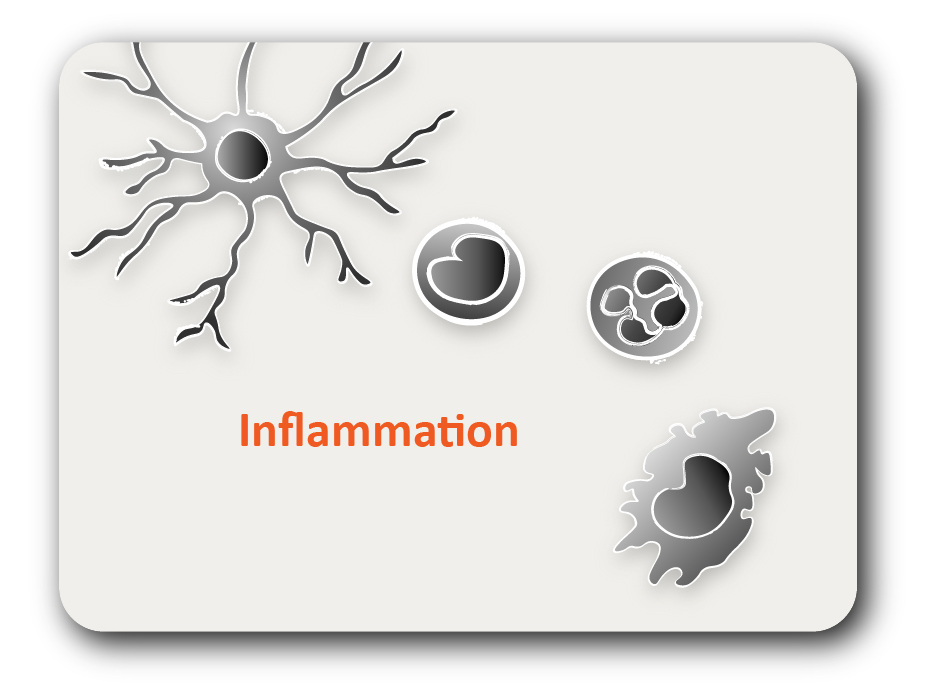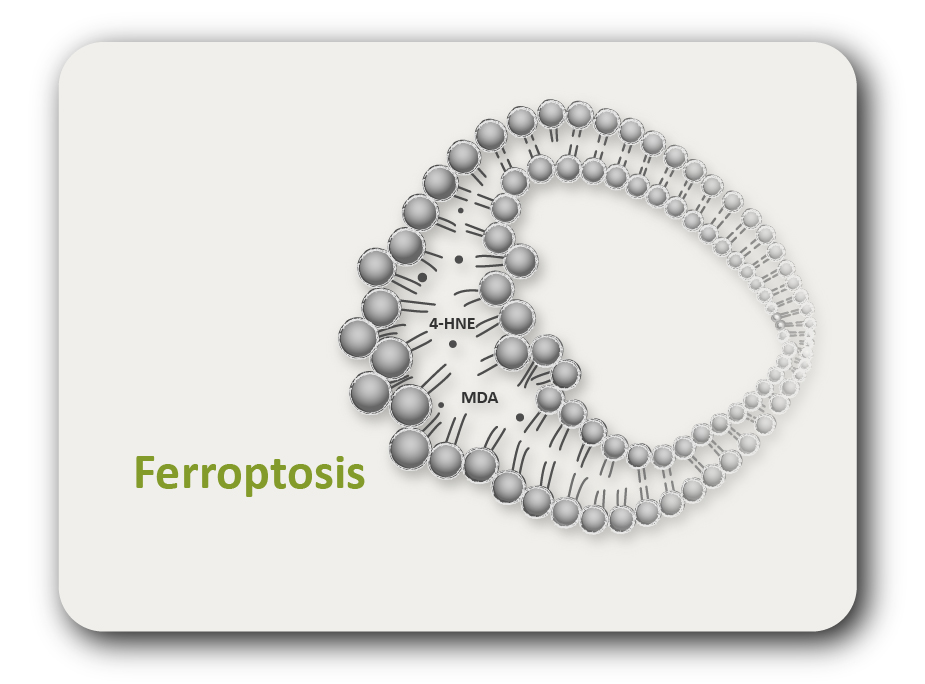ARG45359
anti-GDF8 / Myostatin antibody [13F2]
anti-GDF8 / Myostatin antibody [13F2] for IHC-Formalin-fixed paraffin-embedded sections and Mouse
Overview
| Product Description | Rat Monoclonal antibody [13F2] recognizes GDF8 / Myostatin |
|---|---|
| Tested Reactivity | Ms |
| Tested Application | IHC-P |
| Host | Rat |
| Clonality | Monoclonal |
| Clone | 13F2 |
| Isotype | IgG2 |
| Target Name | GDF8 / Myostatin |
| Antigen Species | Mouse |
| Immunogen | Recombinant Mouse GDF8 / Myostatin. |
| Conjugation | Un-conjugated |
| Alternate Names | MSTN; Myostatin; GDF8; Growth/Differentiation Factor 8; Growth Differentiation Factor 8; Myostatin-B; MSLHP; GDF-8 |
Application Instructions
| Application Suggestion |
|
||||
|---|---|---|---|---|---|
| Application Note | * The dilutions indicate recommended starting dilutions and the optimal dilutions or concentrations should be determined by the scientist. |
Properties
| Form | Liquid |
|---|---|
| Purification | Protein G/A chromatography |
| Buffer | PBS |
| Concentration | 0.2 mg/ml |
| Storage Instruction | For continuous use, store undiluted antibody at 2-8°C for up to a week. For long-term storage, aliquot and store at -20°C or below. Storage in frost free freezers is not recommended. Avoid repeated freeze/thaw cycles. Suggest spin the vial prior to opening. The antibody solution should be gently mixed before use. |
| Note | For laboratory research only, not for drug, diagnostic or other use. |
Bioinformation
| Database Links | |
|---|---|
| Gene Symbol | MSTN |
| Gene Full Name | Myostatin |
| Background | This gene encodes a secreted ligand of the TGF-beta (transforming growth factor-beta) superfamily of proteins. Ligands of this family bind various TGF-beta receptors leading to recruitment and activation of SMAD family transcription factors that regulate gene expression. The encoded preproprotein is proteolytically processed to generate each subunit of the disulfide-linked homodimer. This protein negatively regulates skeletal muscle cell proliferation and differentiation. Mutations in this gene are associated with increased skeletal muscle mass in humans and other mammals. [provided by RefSeq, Jul 2016] |
| Function | Acts specifically as a negative regulator of skeletal muscle growth. |
| Cellular Localization | Secreted. [UniProt] |
| Calculated MW | 43 kDa |
| PTM | Cleavage on pair of basic residues; Disulfide bond; Glycoprotein. [UniProt] |
Images (1) Click the Picture to Zoom In





